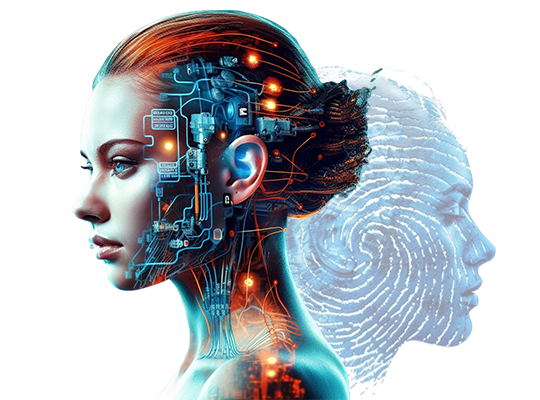What is Behavioral Biometrics ?
Behavioral biometrics on the other hand concern the process of measuring behavioral characteristics for the purpose of authentication. Behavioral biometrics differ from standard ones, as the latter are based on the traits of the human body and its appendages while the former takes into account how people use devices and navigate websites, for instance, typing, mouse movement, etc. These behaviors are strictly individual and cannot be easily forged, which makes behavioral biometrics a very reliable method of authentication.
How Behavioral Biometrics Work
Behavioural metrics also operate in real-time, involving the constant observation and evaluation of the user’s activities. In this process, when a user engages with a device, the behaviour data obtained by the system is compared to a previously stored behaviour data set. If the behavior matches the profile, the user is authenticated. If there are any key differences, the system can mark the activity as potentially fraudulent and require further authentication steps, or even restrict access entirely.
Another benefit of behavioral biometrics is that the application and analysis process occurs without user interactivity, which makes it one of the greatest strengths. This makes the technology least invasive and friendly to the users compared to other methods of authentication.


















